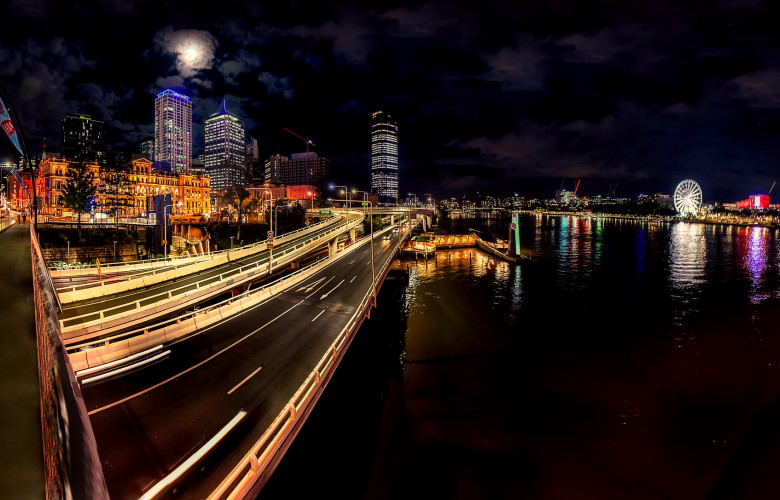Brisbane's rental demand remains steady
Contact
Brisbane's rental demand remains steady
Latest vacancy rate data from REIQ shows inner-city rental demand remains strong.
New vacancy rate data from the Real Estate Institute of Queensland shows Brisbane and the southeast corner of the state remain steady with healthy-to-tight vacancy rates across all markets, while regional centres are moving slowly towards a recovery.
REIQ CEO Antonia Mercorella said despite low interest rates that have been encouraging people to move out of rented property and into their own purchased home, demand for rental accommodation in the inner city remained strong. "Despite a strong level of supply coming online this year with apartments under construction in the inner ring, we can see that the vacancy rate is 3.0 per cent, and that rate drops to 2.4 per cent in the middle ring of 5km – 20km radius,"said Mercorella. "This information suggests that demand for rental accommodation is keeping pace with supply."
The REIQ classifies vacancy rates of 2.5 per cent or below as tight and rates of 2.5 per cent to 3.5 per cent as healthy. Vacancy rates of 3.6 per cent or above is classed as a weak market.
Ipswich and Logan’s vacancy rates were both 2.8 per cent at the end of June, nudging up from 2.4 per cent and 2.1 per cent respectively. Moreton Bay registered a vacancy rate of 1.4 per cent, up from 1.3 per cent the previous quarter. Caboolture registered the lowest vacancy rate in the state at just 1.0 per cent. REIQ Caboolture Zone Chair Robyn Lachmund said this reflects a very tight market and Caboolture needs more rental accommodation and more seasonal worker accommodation.
The Gold Coast’s vacancy rate went from 1.3 per cent at the end of March to 2.3 per cent at the end of June. The Sunshine Coast dipped from 1.9 per cent to 1.5 per cent, reflecting continued tight conditions, largely due to seasonal workers and relocations from Brisbane.
Mercorella said projects such as the Queens Wharf redevelopment will be positive for the property market. "Brisbane is taking its place on the world stage as a modern, sophisticated new world city and this will benefit everyone involved with property," she said.
Mercorella said regional Queensland continued to struggle following the end of the mining boom, but some of the hardest hit were clearly entering a stabilisation phase. Mackay has recorded its third consecutive drop in its vacancy rate, down 0.3 percentage points since the end of March to 9.1 per cent. Townsville’s vacancy rate also dropped 0.6 percentage points to 5.3 per cent at the end of June.
Bundaberg recorded the highest vacancy rate in 21 quarters, since March 2009, with a vacancy rate at the end of June 2015 up 0.5 percentage points to 4.6 per cent. Gladstone’s vacancy rate saw a sharp increase since the end of March – something many local agents had been anticipating with the slow release of ex-mining owned properties being brought back into the rental pool. Rockhampton’s rental market also remains in continued oversupply, with its vacancy rate increasing to 6 per cent at the end of June. Toowoomba’s rental market remained relatively unchanged over the three months to June, with the vacancy rate marginally down 0.1 percentage points to 3.1 per cent.





